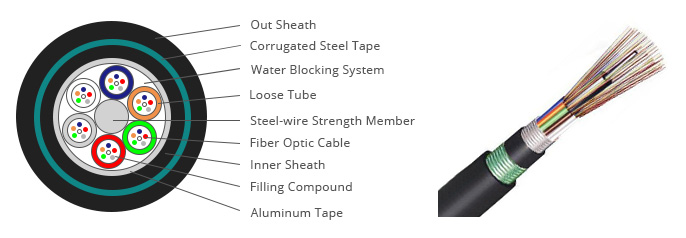The feeder cables run from the Access Node to the primary fiber concentration point (FCP) and may cover a distance up to several kilometres before termination. The number of fibers in the cable will depend on the build type.

For point-to-point deployments, high fiber-count cables containing hundreds of fibers (up to 729/864) are needed to provide the necessary fiber capacity in order to serve the FTTH area.
For PON deployments, the use of passive optical splitters positioned further into the external network may enable smaller fiber count cables to be used in the feeder portion of the network.
It is advisable to select a passive infrastructure capable of handling a number of different network architectures should the need arise in future. In addition, considering modularity into the fiber count in the feeder cables is necessary.
In regard to underground networks, suitably sized ducts will be required to match the cable design, and additional ducts should be considered for network growth and maintenance. If smaller ducts or rigid sub-ducts are used then the feeder capacity is provided through the use of several smaller cables, for example, 48-72 fibers (Ø 6.0 mm) or up to 288 fibers (Ø 9.4 mm) cables. If flexible textile sub-ducts are used, smaller cables are not needed. A flexible sub-duct (see also Chapter 8) only takes up the space of the cables hence bigger and/or more cables can be installed which maximizes the fill ratio or capacity of the duct. For example in a typical 40 mm ID HDPE duct flexible sub-ducts allow for the installation of 3 x 16 mm cables/ 5 x 12 mm cables/10 x 8.4 mm cables, 18 x 6 mm cables.
For aerial cable deployment, pole structures with sufficient cabling capacity will be required. Existing infrastructures may be incorporated to help balance costs.